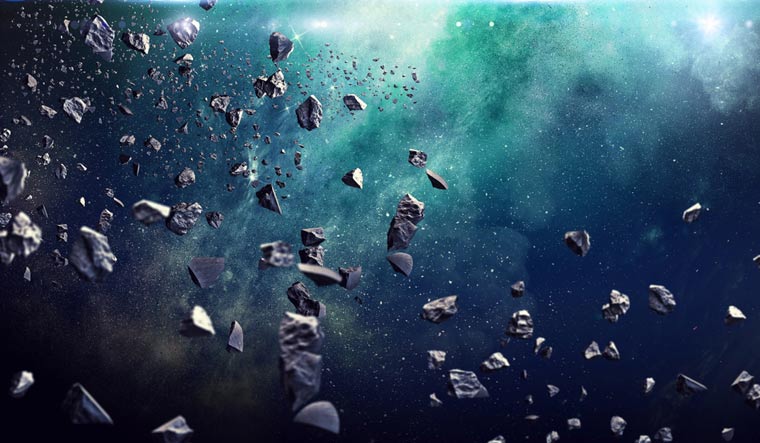Scientists have discovered the oldest solid material ever found on the Earth, in the form of stardust trapped inside a meteorite that crashed into Australia 50 years ago, and predates the formation of our solar system.
This stardust provides evidence for a 'baby boom' of new stars that formed 7 billion years ago, contrary to the theory that star formation happens at a steady, constant rate, according to the study published in the journal PNAS. "These are the oldest solid materials ever found, and they tell us about how stars formed in our galaxy," said Philipp Heck, an associate professor at the University of Chicago in the US.
The materials the researchers examined are called presolar grains-minerals formed before the Sun was born. "They are solid samples of stars, real stardust," said Heck, who is also a curator at the Field Museum in the US.
These bits of stardust became trapped in meteorites where they remained unchanged for billions of years, making them capsules of the cosmic time before the solar system, the researchers said. However, presolar grains are very tiny and rare, found only in about five per cent of meteorites that have fallen to the Earth, they said.
The Field Museum has the largest portion of the Murchison meteorite, a treasure trove of presolar grains that fell in Australia in 1969 and that the people of Murchison, Victoria, made available to science. "It starts with crushing fragments of the meteorite down into a powder," said Jennika Greer, a graduate student at the Field Museum and the University of Chicago, and co-author of the study.
"Once all the pieces are segregated, it's a kind of paste, and it has a pungent characteristic -- it smells like rotten peanut butter," said Greer. This "rotten-peanut-butter-meteorite paste" was then dissolved with acid, until only the presolar grains remained.
"It's like burning down the haystack to find the needle," said Heck. Once the presolar grains were isolated, the researchers figured out what types of stars they came from, and how old they were.
"We used exposure age data, which basically measures their exposure to cosmic rays, which are high-energy particles that fly through our galaxy and penetrate solid matter," explained Heck. "Some of these cosmic rays interact with the matter and form new elements. And the longer they get exposed, the more those elements form," he said.
By measuring how many of these new cosmic-ray produced elements are present in a presolar grain, we can tell how long it was exposed to cosmic rays, which tells us how old it is, the researchers said.
They learned that some of the presolar grains in their sample were the oldest ever discovered -- based on how many cosmic rays they had soaked up.
Most of the grains had to be 4.6 to 4.9 billion years old, and some grains were even older than 5.5 billion years, the researchers said. For context, our Sun is about 4.6 billion years old, and Earth is around 4.5 billion.
However, the age of the presolar grains was not the end of the discovery, the researchers said. Since presolar grains are formed when a star dies, they can tell us about the history of stars, they said.
Seven billion years ago, there was apparently a bumper crop of new stars forming -- a sort of astral baby boom, according to the researchers. "We have more young grains that we expected," said Heck.
"Our hypothesis is that the majority of those grains, which are 4.9 to 4.6 billion years old, formed in an episode of enhanced star formation. There was a time before the start of the Solar System when more stars formed than normal," he said.



